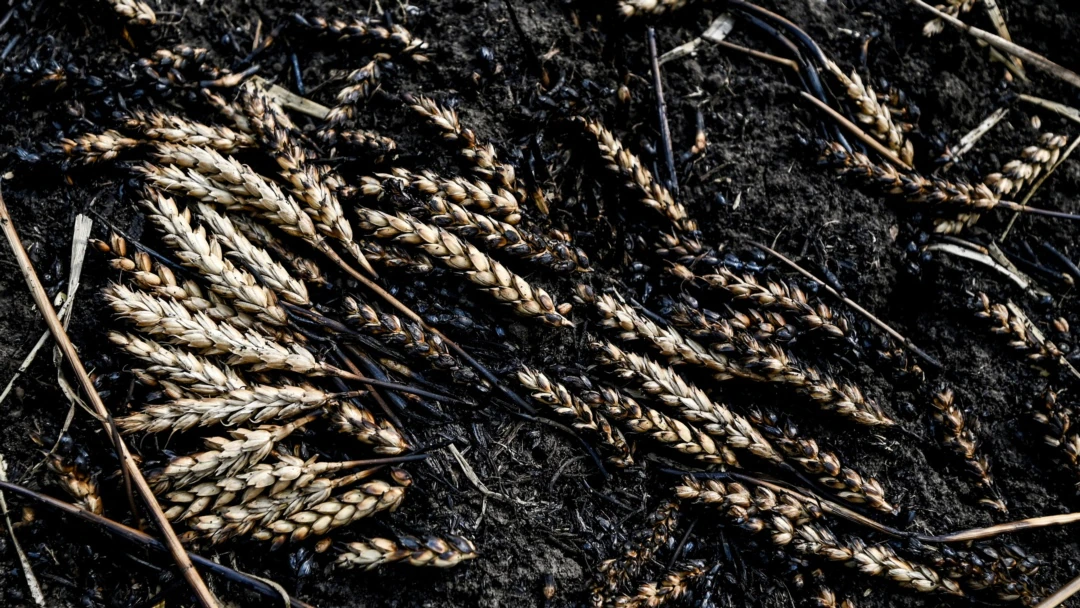With 12% of the World’s Fresh Water, Brazil Promotes Irrigation

The Brazilian agricultural research service, Embrapa, continues to promote the increased use of irrigation as a way to sustainably increase agricultural production in Brazil without the need for deforestation. In other words, produce more agricultural products on existing land without clearing new land.
In their ongoing effort to promote irrigation, researchers from Embrapa Cerrados presented their finding at the III Symposium of Irrigated Agriculture in Central Brazil held on June 12-13, 2024 in Brasilia.
According to Embrapa researchers, Brazil has 12% of the fresh water in the world, so there is no lack of water in most of Brazil, but the distribution is uneven with an annual rainy season and an annual dry season. In central Brazil, the rainy season is between September and April with the peak of the rains in January. The dry season is from May to September when very little if any rainfall occurs. Temperatures during the dry season are suitable for crop production if water was available.
This uneven distribution of rainfall could be solved with the use of dams to store surface water during the dry season and to help distribute the water between areas.
Brazil currently irrigates 8.5 million hectares (21 million acres) with a potential of irrigating 55 million hectares (136 million acres). Brazil has 2% of the world’s irrigated agriculture but only utilizes 1% of the available flow rate. The largest irrigated crop in Brazil is rice that is flood-irrigated in the southern state of Rio Grande do Sul. There is also some center pivot irrigation of summer crops in the states of Rio Grande do Sul, Goias, Bahia, and Mato Grosso.
Irrigation not only increases crop yields, it also has the capacity of extending crop production into the dry season in central Brazil. In the cerrado region of central Brazil, farmers generally plant soybeans first followed by a second crop of corn or cotton. If irrigation was available, farmers could plant an early maturing soybean variety as early as allowed followed by an early maturing corn hybrid and still have time to squeeze in a third crop of either edible beans, wheat, sorghum, millet, sesame, or another crop.
Three crops per year are possible “on paper,” but in reality, it would require a high level of management and adequate irrigation.
Read also
Wheat in Southern Brazil Impacted by Dry Weather and Frosts
Oilseed Industry. Leaders and Strategies in the Times of a Great Change
Black Sea & Danube Region: Oilseed and Vegoil Markets Within Ongoing Transfor...
Serbia. The drought will cause extremely high losses for farmers this year
2023/24 Safrinha Corn in Brazil 91% Harvested
Write to us
Our manager will contact you soon



